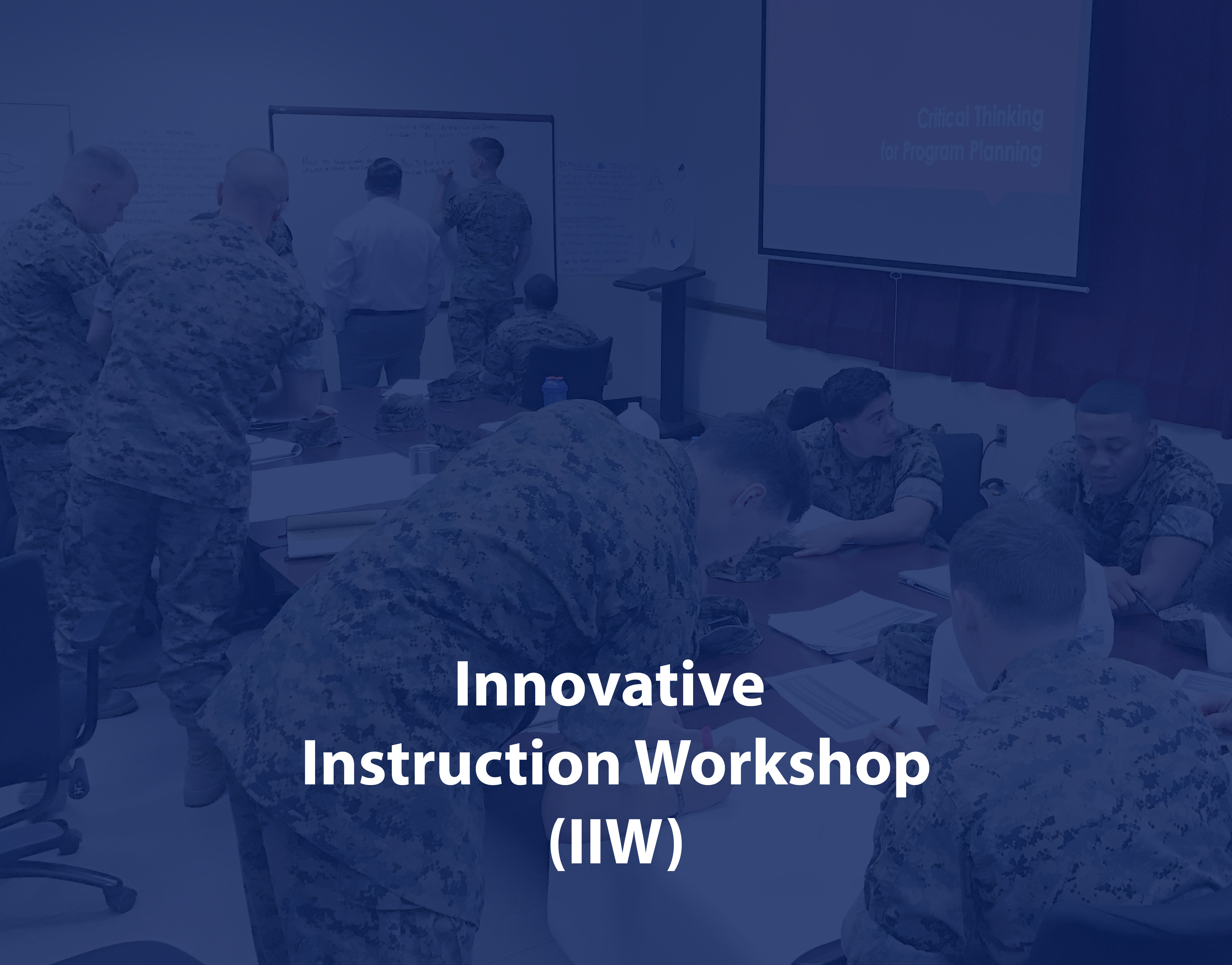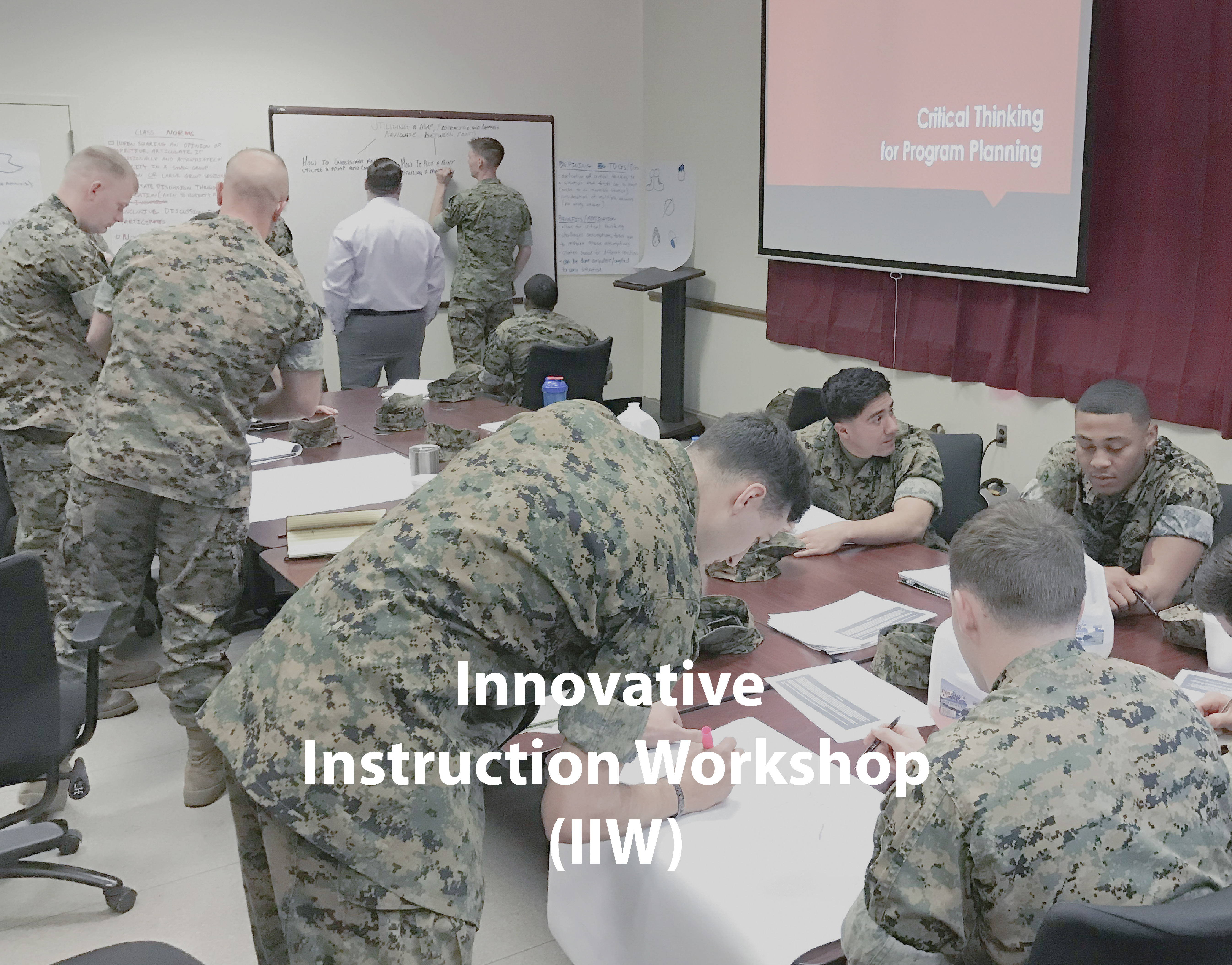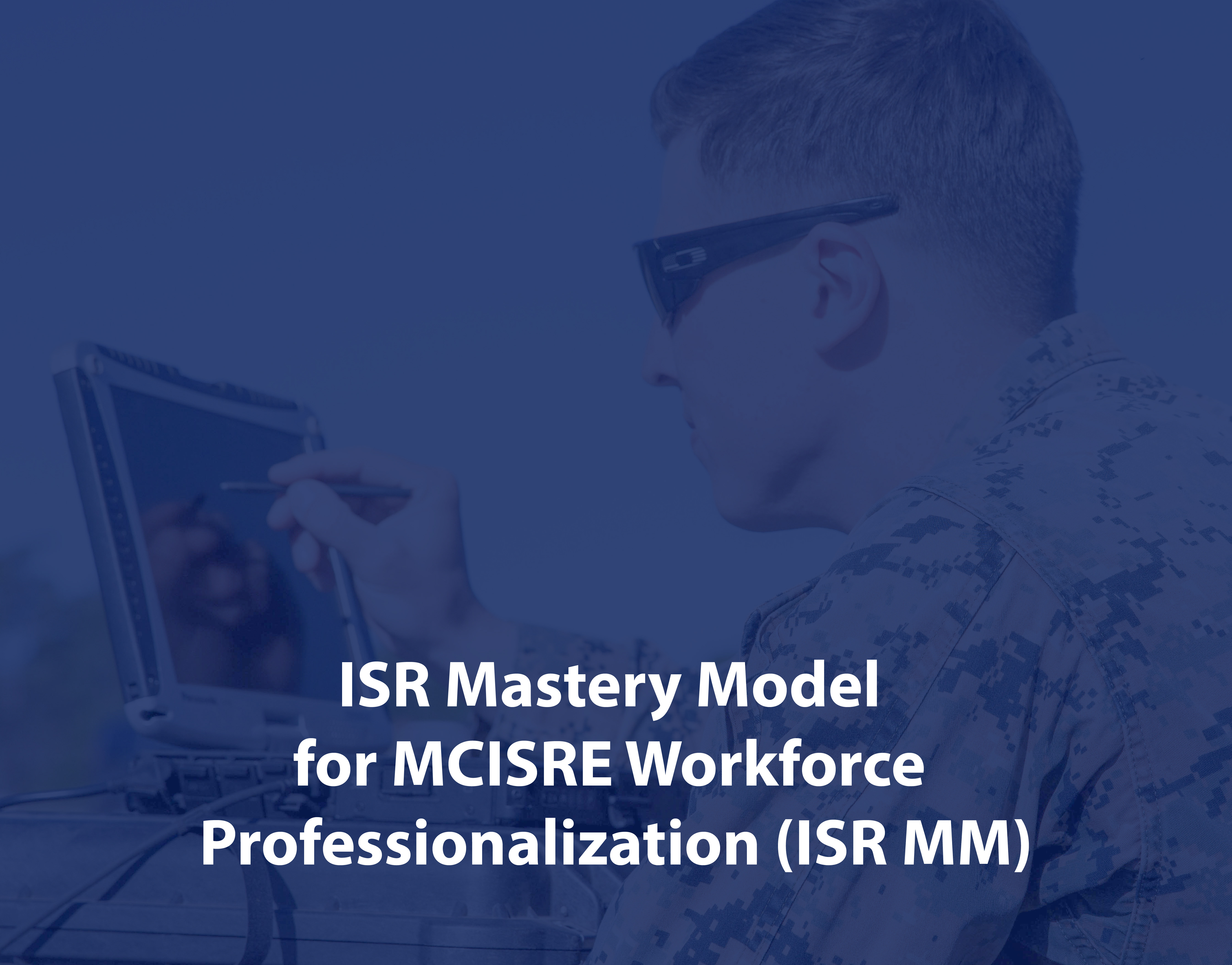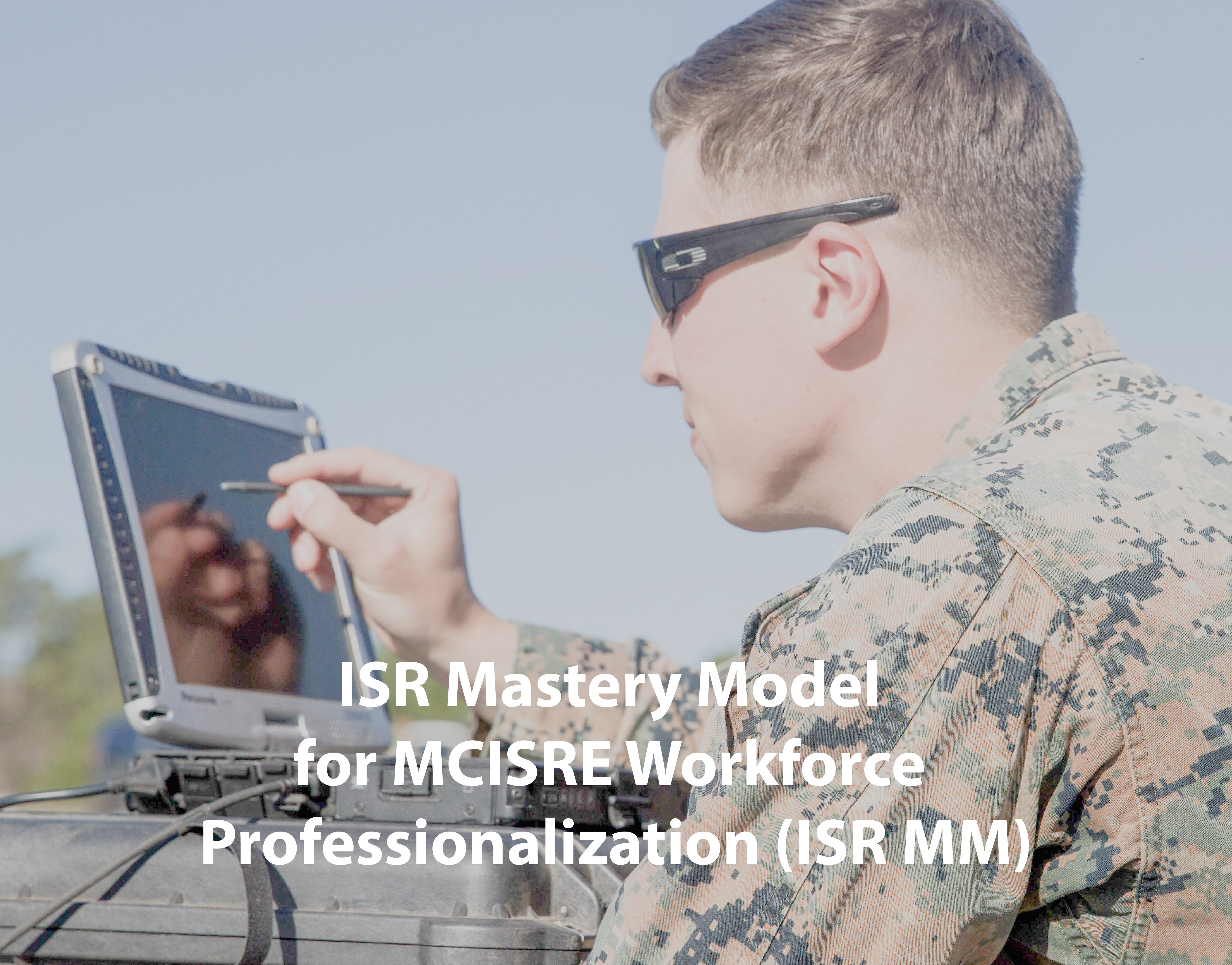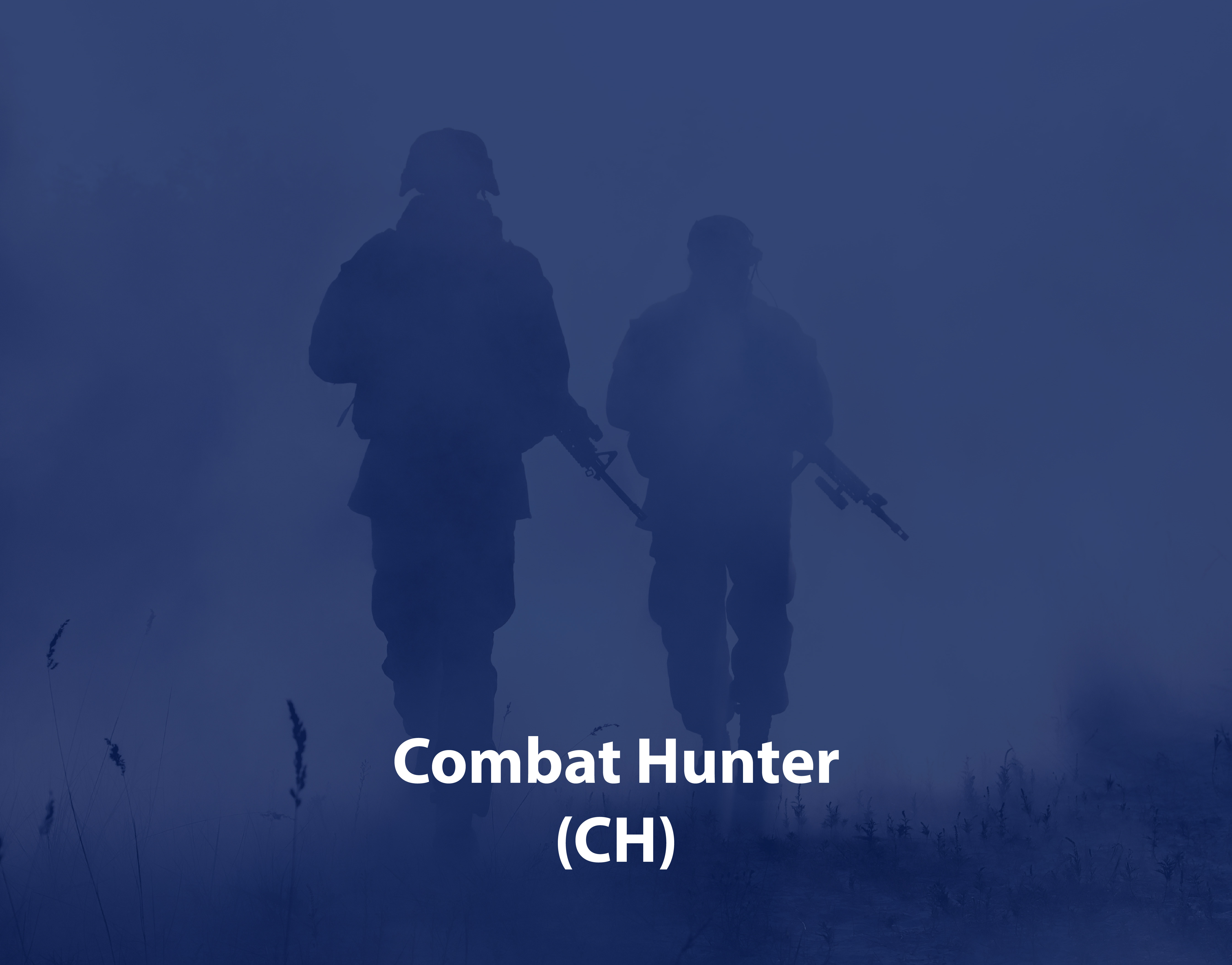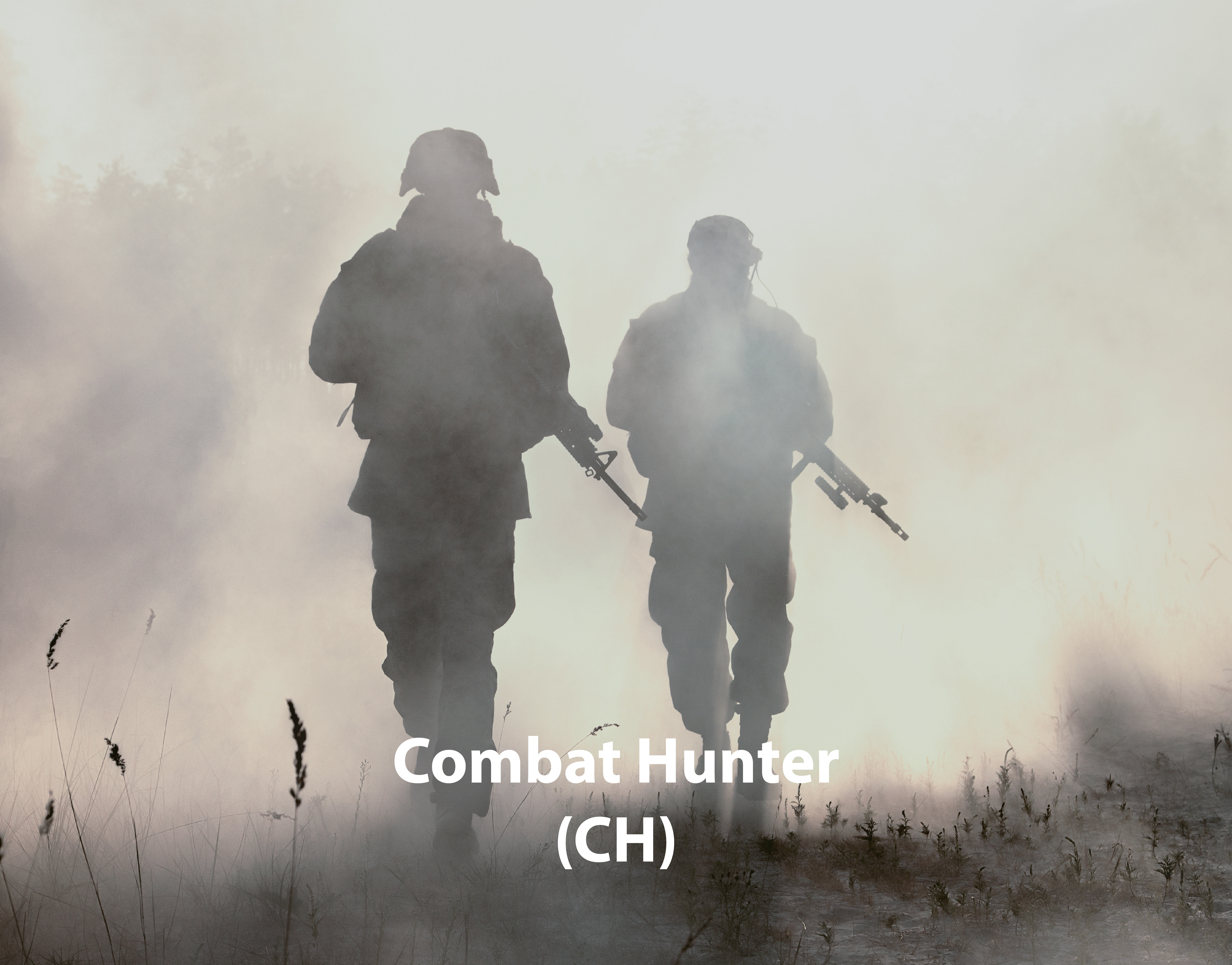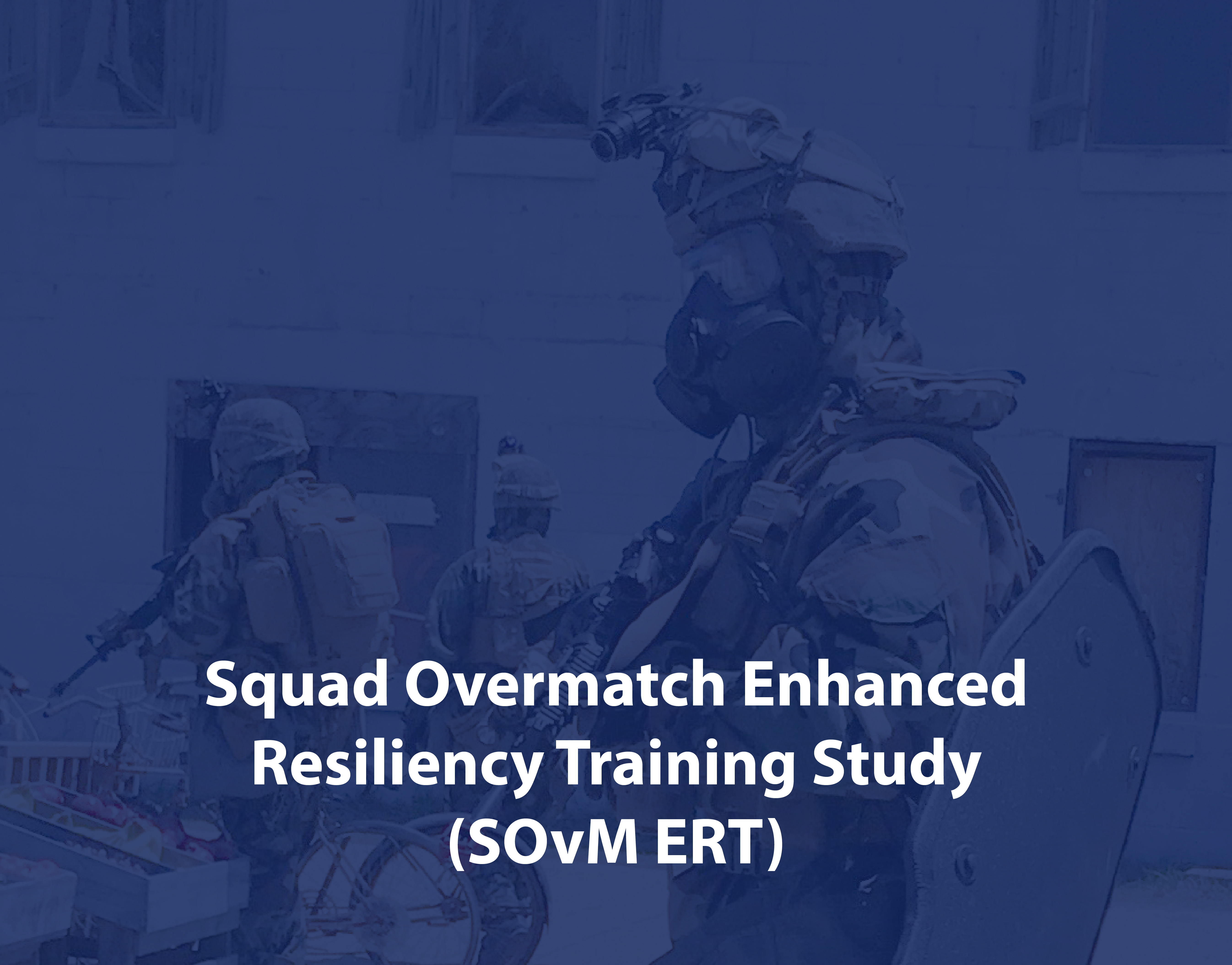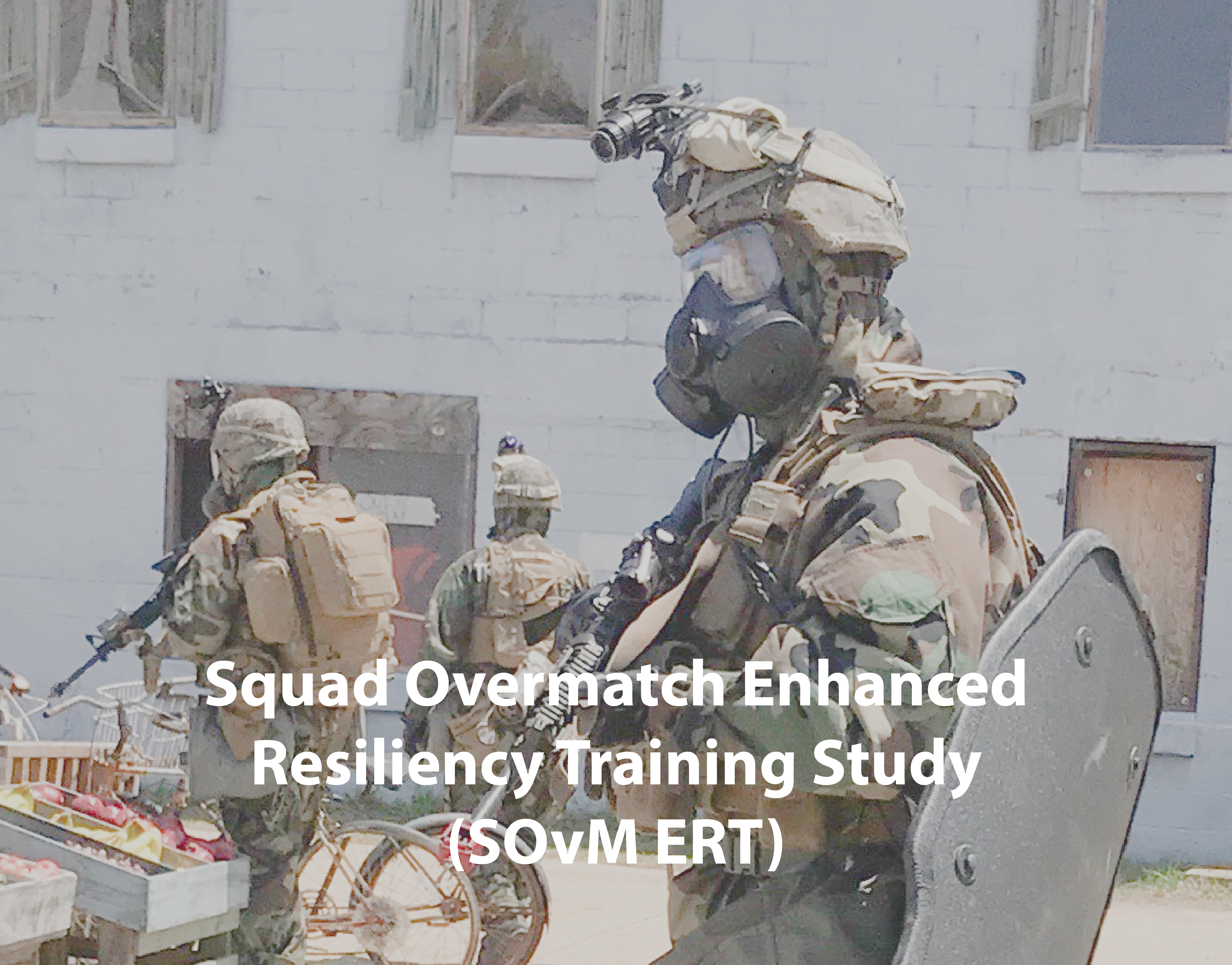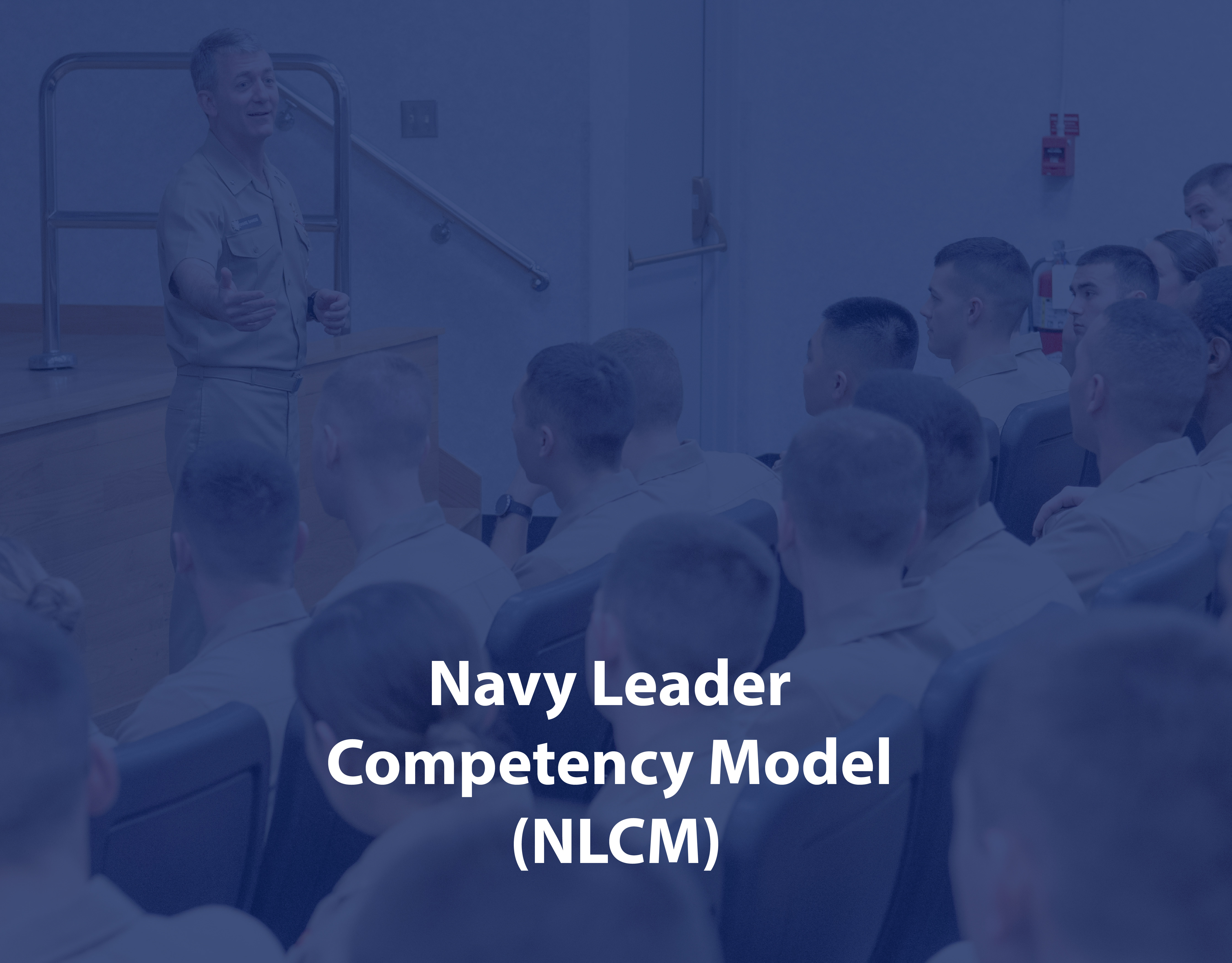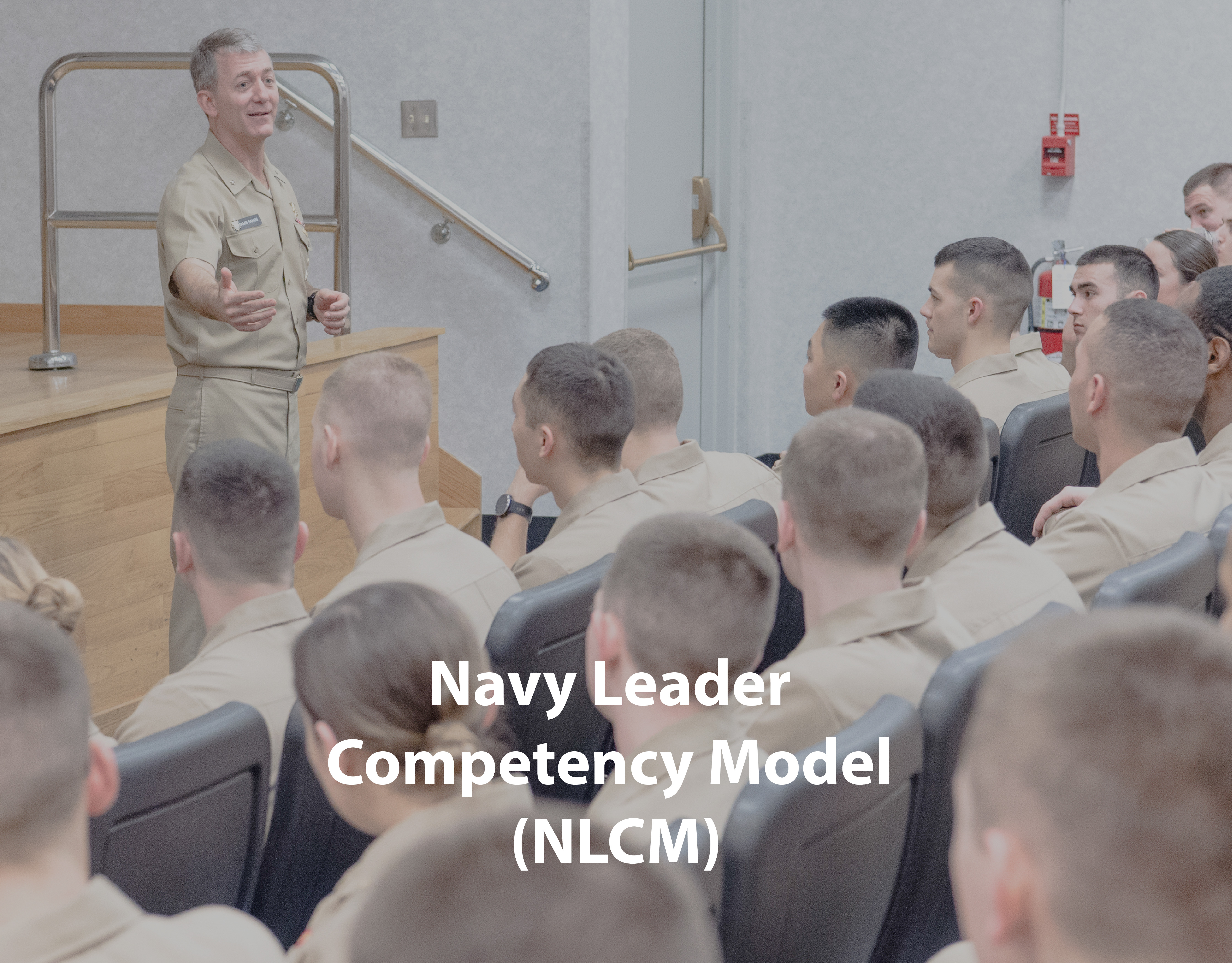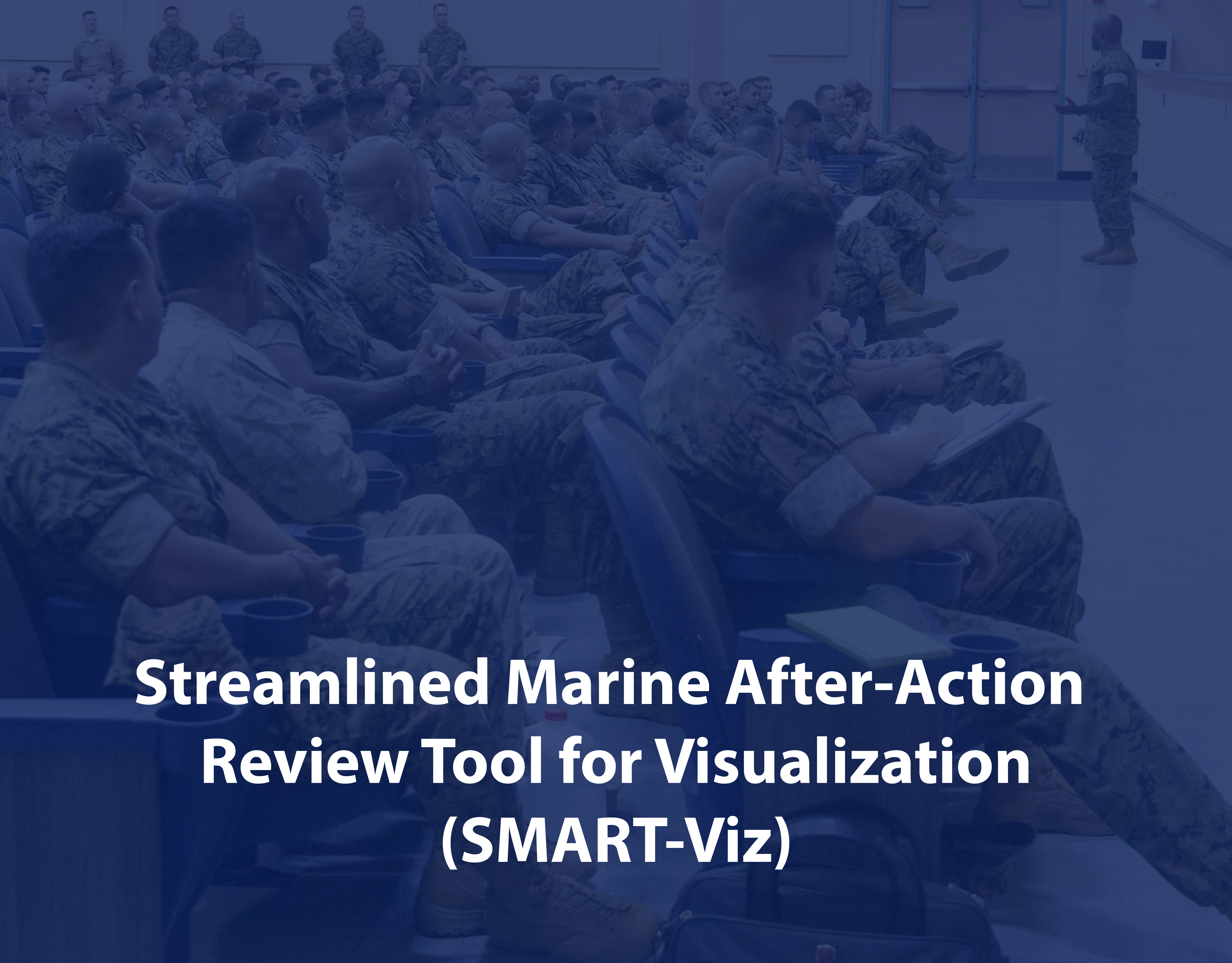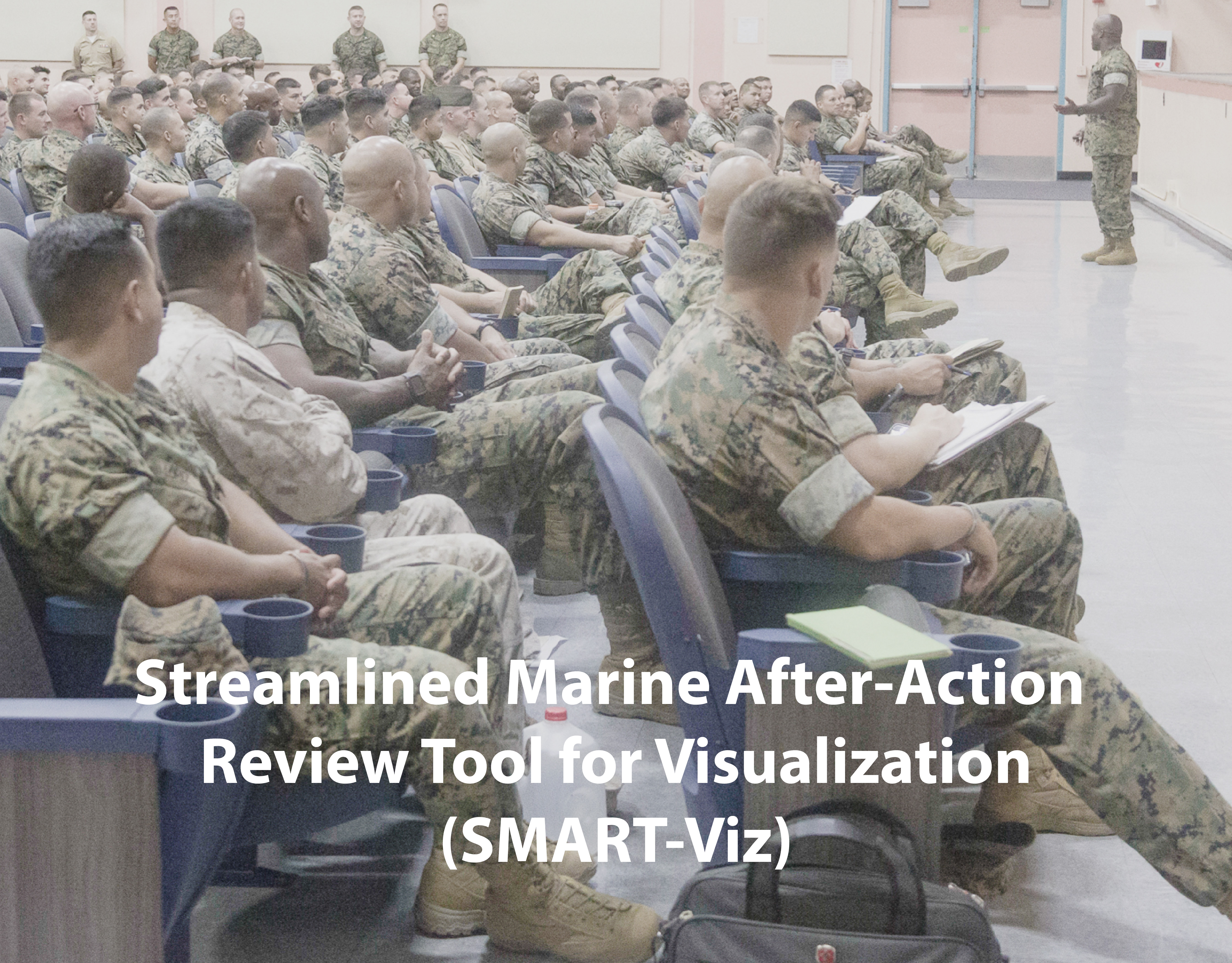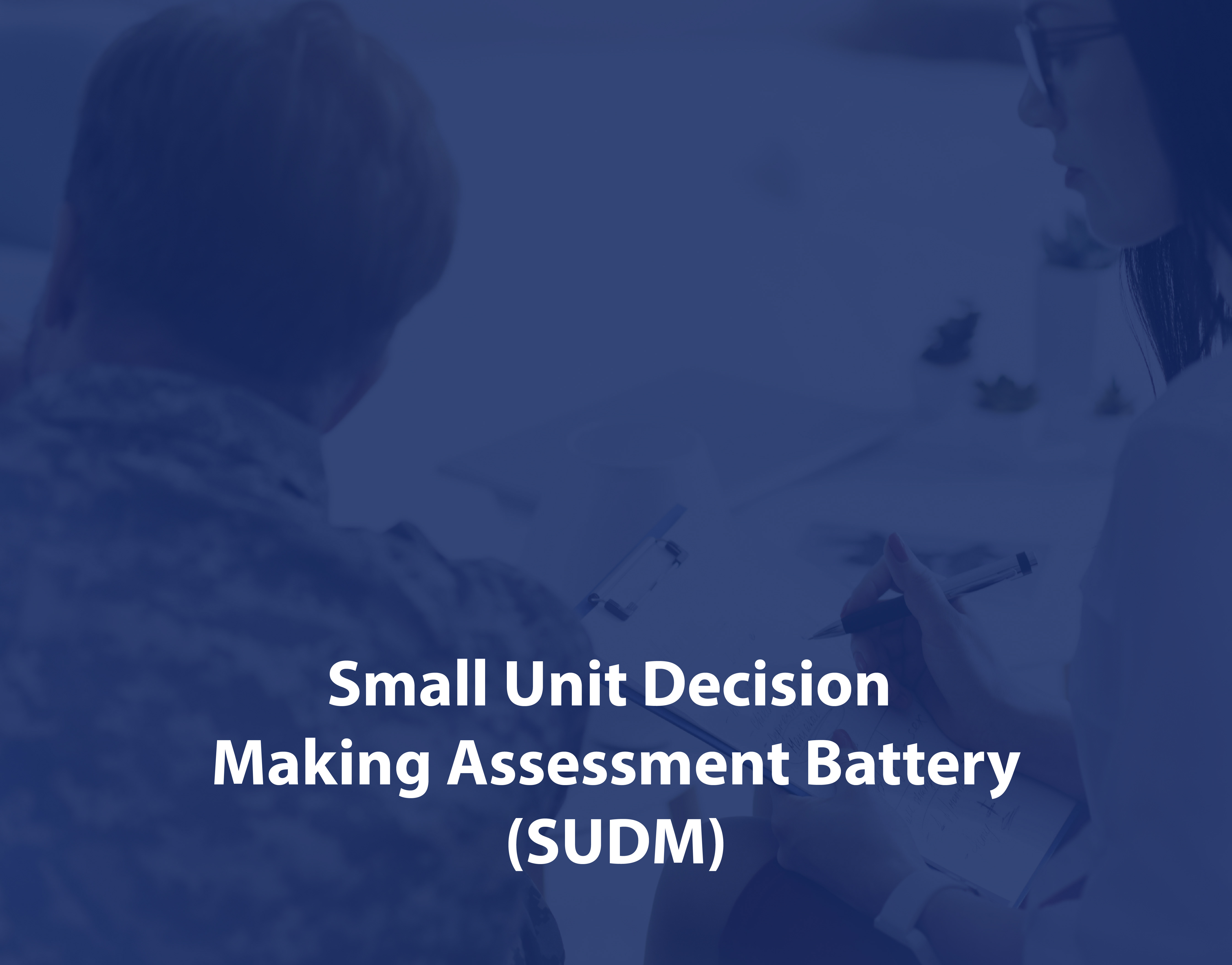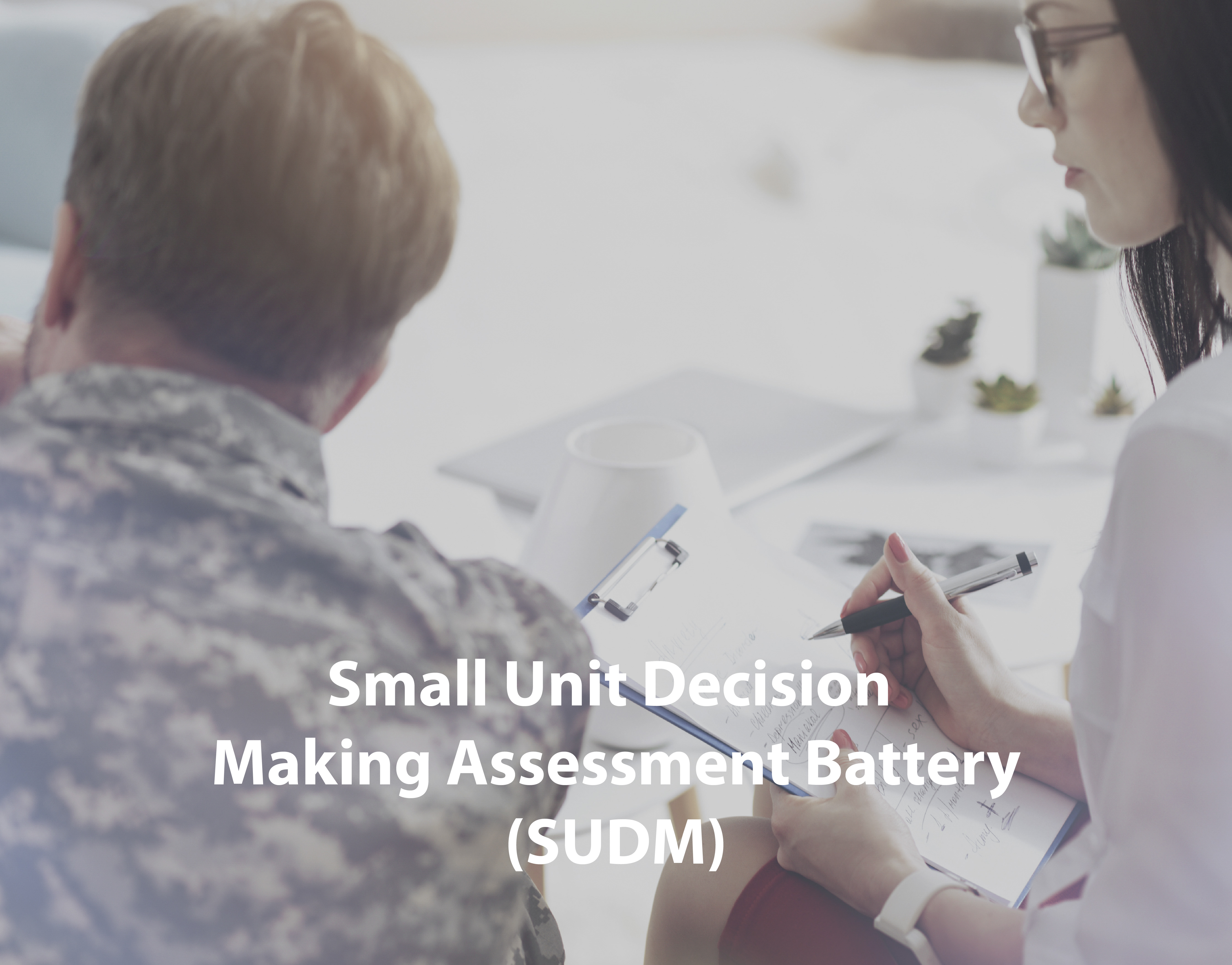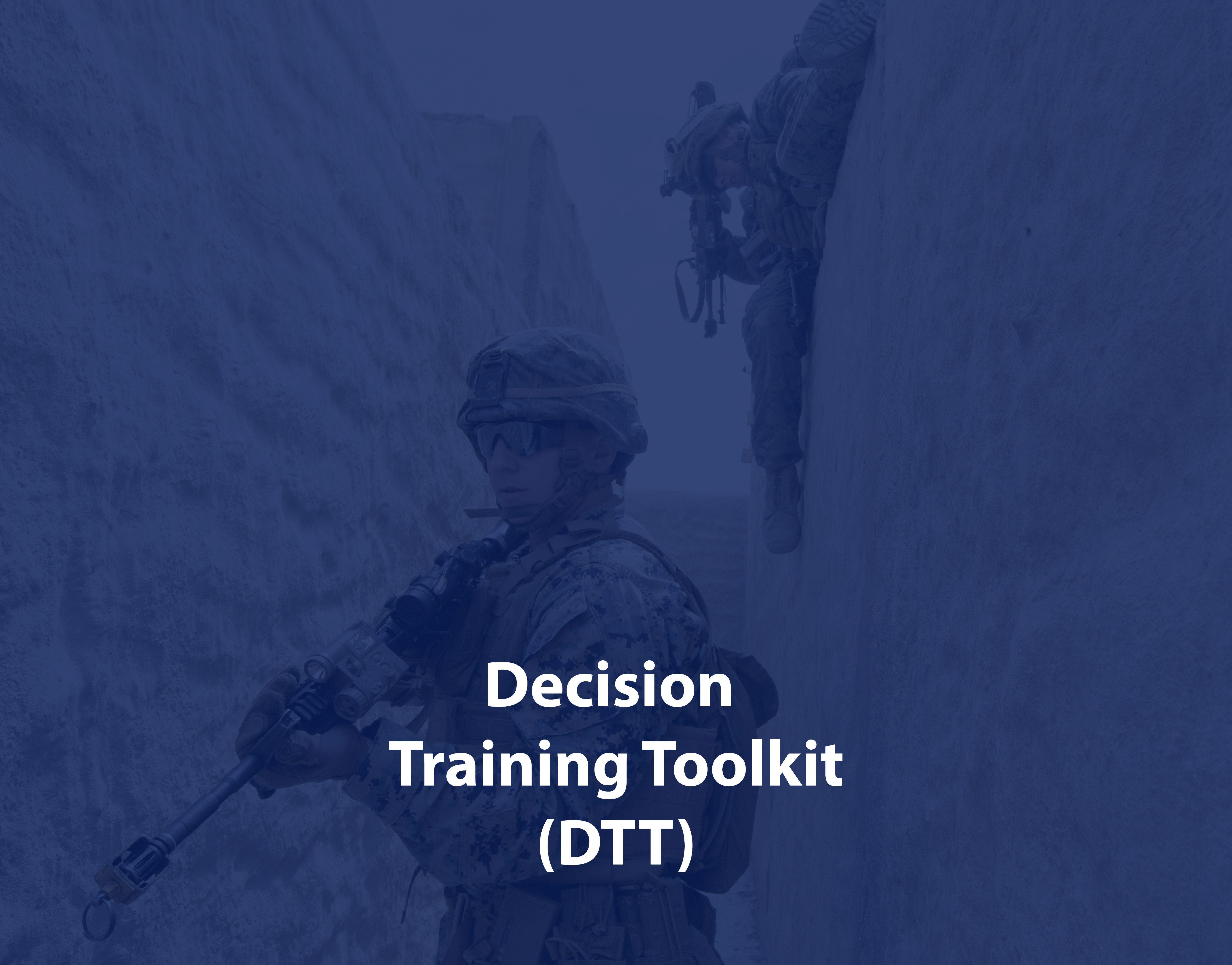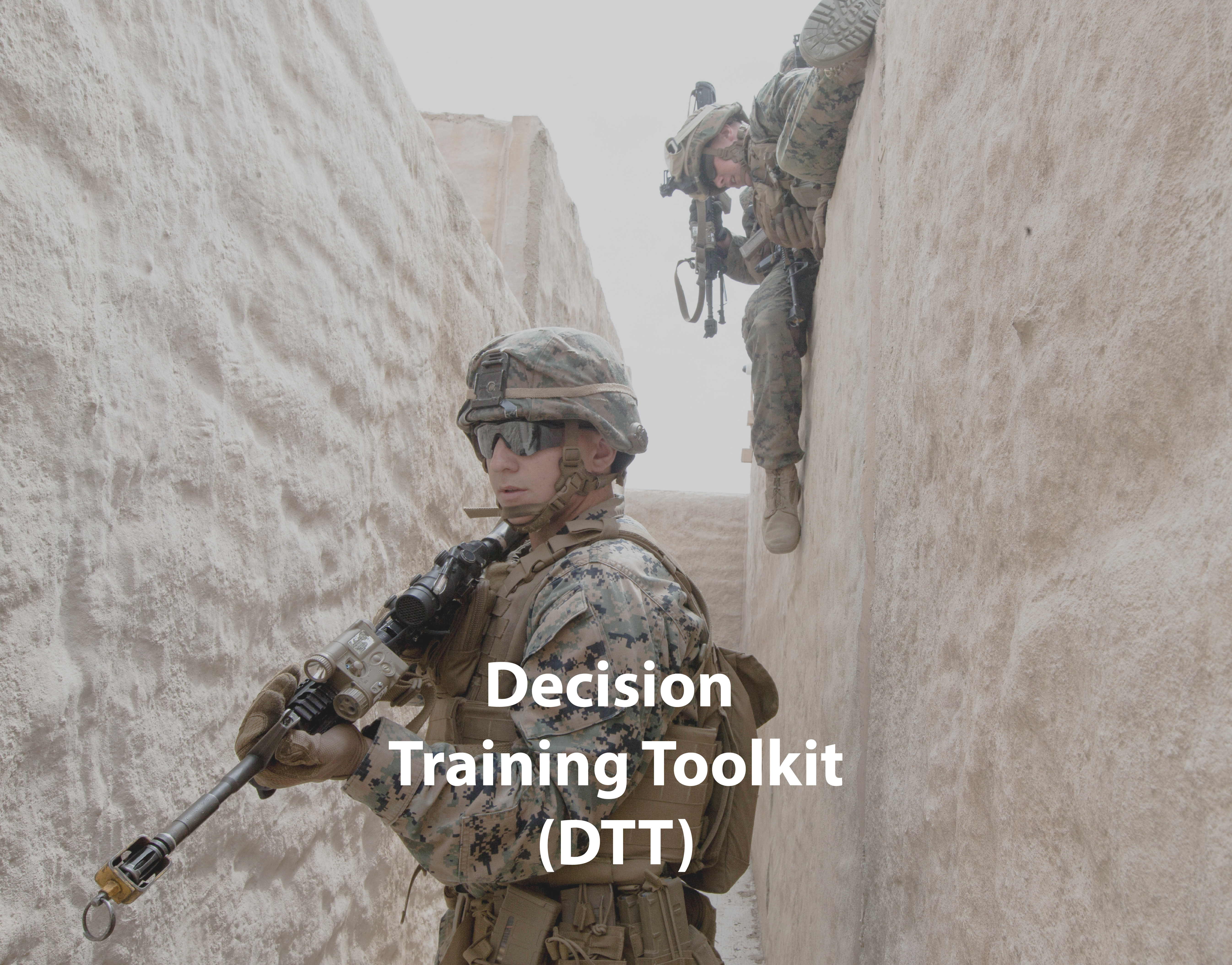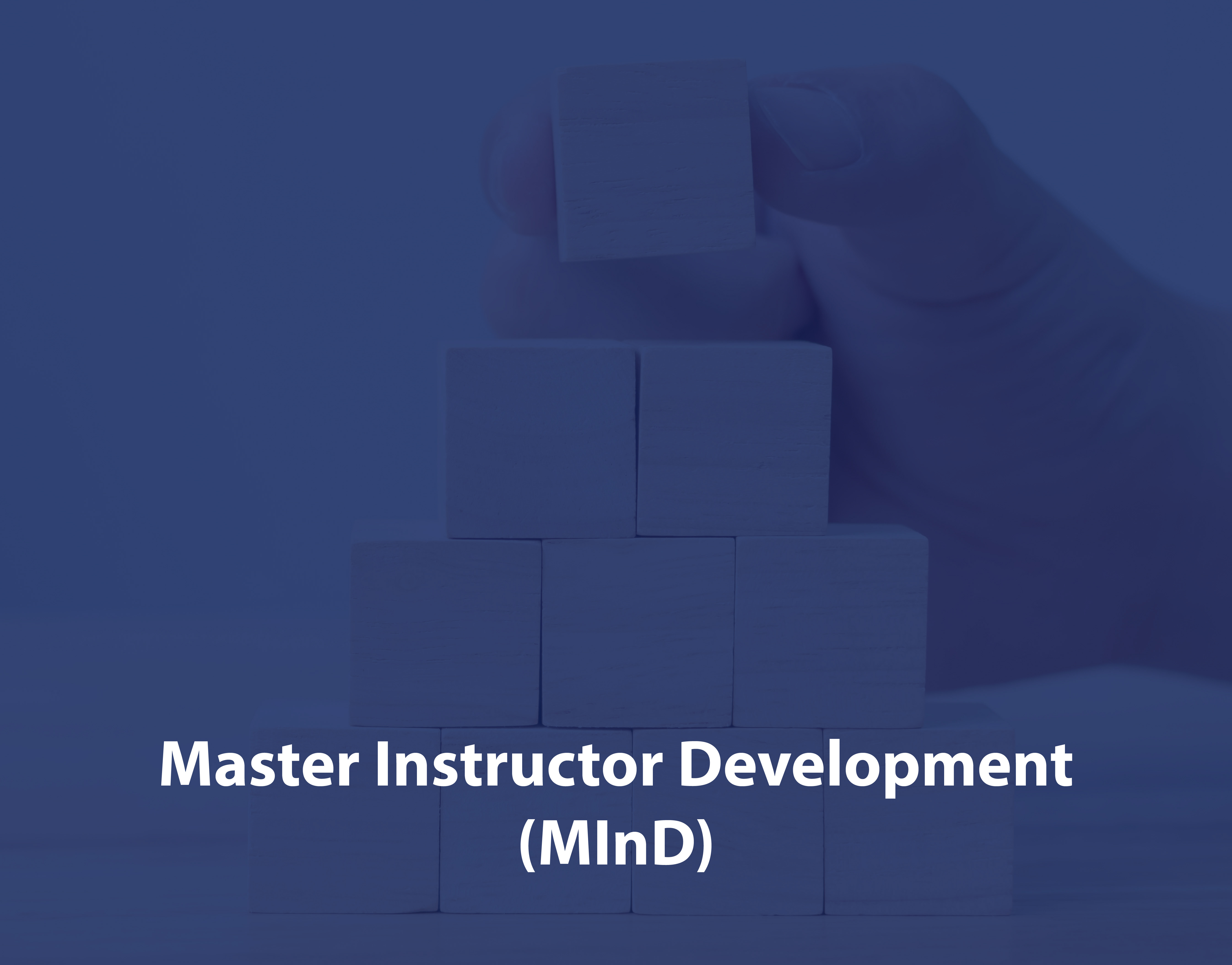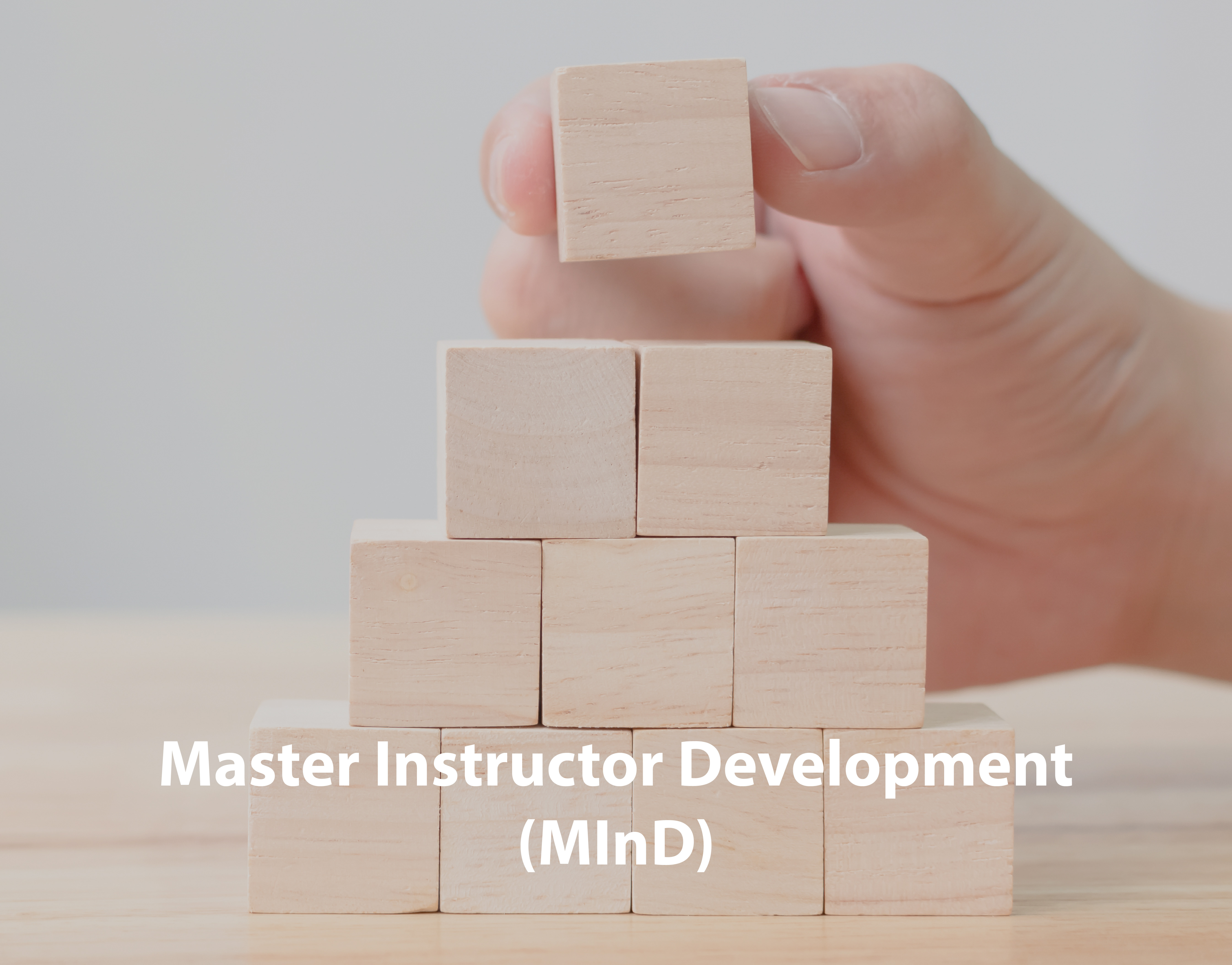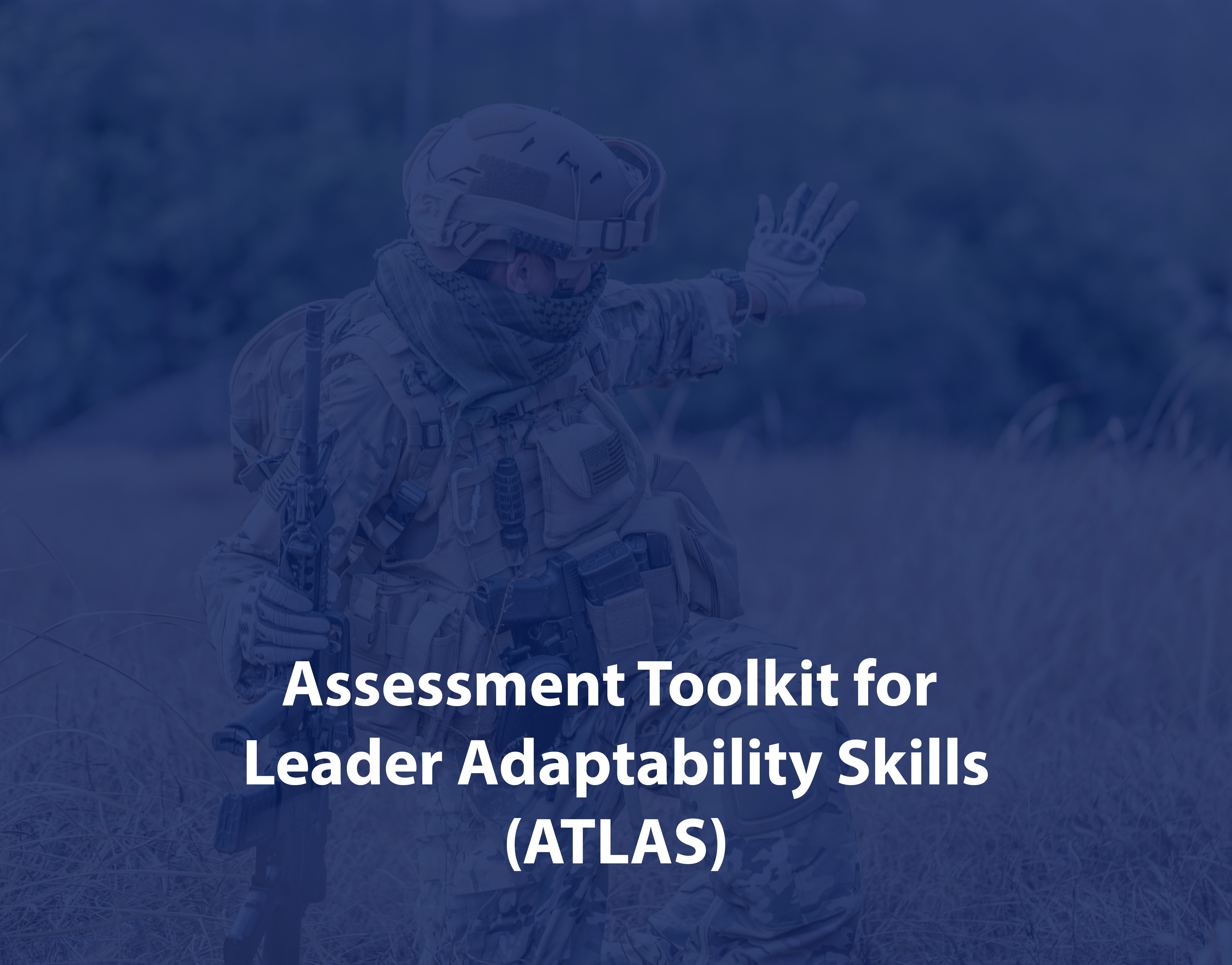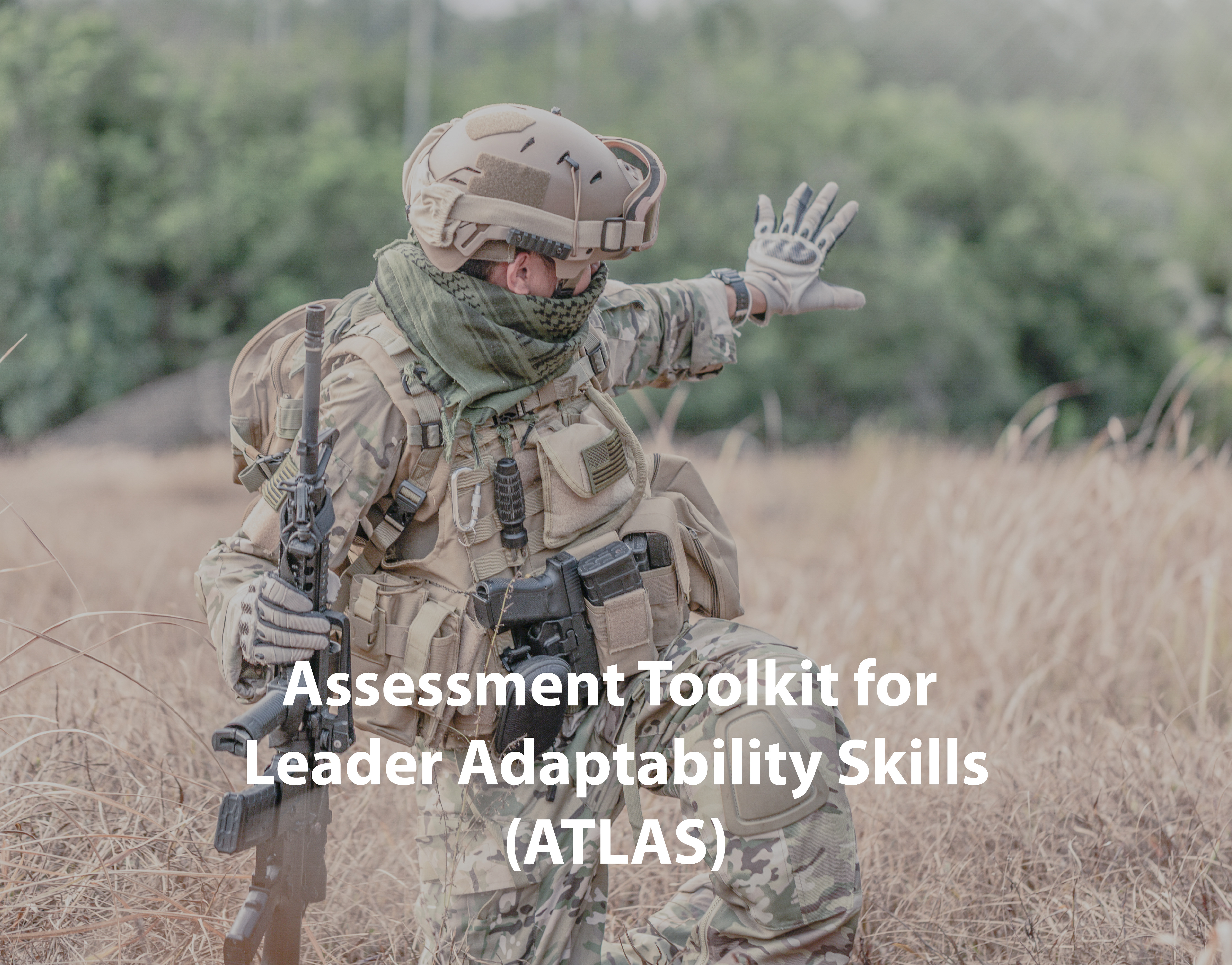Main Project Capabilities & Focus Areas
Challenge
With the rise in operational tempo over the last ten years, it has become increasingly difficult for small unit leaders to create authentic, realistic training events due to the time and effort needed to replicate the stress of the modern battlefield. Many of the training exercises used to prepare today’s forces are prebuilt scenarios specifically targeting doctrine or standard operating procedures. However, this method does not adequately reflect the stress of the battlefield or provide the realistic, immersive environment required. In response, the U.S. Army recently conducted an experiment in order to determine if the training technologies currently used by the operating forces realistically simulated the operational and emotional stressors of the modern battlefield during training..
_________
Solution
Virtual gaming and immersive training environments were used to simulate progressively complex problems. An approach for preparing high-performing teams for stressful combat situations and the application of training technologies to build and sustain squad resilience were demonstrated.
_________
Result
The Squad Overmatch research team employed virtual and immersive training technologies to simulate cognitively authentic battlefield situations where resilience matters most to mission accomplishment. Two types of stressor effects were embedded into each scenario: 1) operational factors that create friction, increase uncertainty or elevate risks in tactical thinking models, and 2) emotional factors that disrupt critical cognitive functions associated with problem solving strategies on the battlefield. CPG researchers developed and implemented four experiential learning cases in an Eastern European scenario, so dismounted Infantry squads could receive guided practice for self-regulation skills, warrior leader tasks, pattern recognition, and predictive analysis skills. CPG complemented these learning cases with a set of data collection instruments for determining the impacts of the training experiences on individual mental models.
_________
This effort was completed in collaboration with PEO-STRI; ARL HRED STTC; and the MITRE Corporation.

